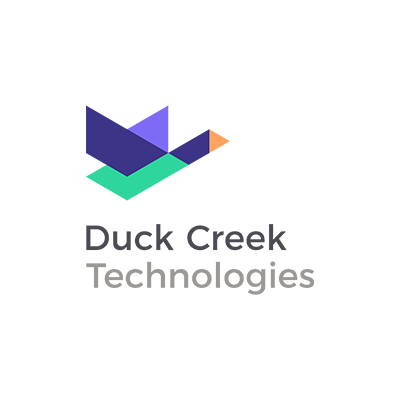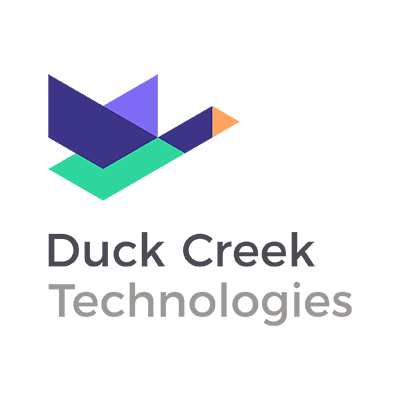Reinsurance is more than a back-office task; it is the fundamental pillar of every P&C carrier’s financial stability and growth. It builds market resilience, ensuring they can confidently cover losses, especially in disaster-prone areas. Trusting this essential safety net to manual effort and legacy systems will not stabilize earnings or safeguard long-term financial health.
The impact of modernization is clear: one insurance company, for instance, detected $300,000 in leakage during the first year with their modern reinsurance management solution. This is not just about efficiency; it is about tangible financial recovery and protecting the bottom line.
As the industry moves towards an increasingly risky and digitally immersive world, integrating technology into reinsurance is not just beneficial—it is essential. This blog explores the core, non-negotiable features P&C carriers need in a modern reinsurance solution to move beyond legacy limitations and achieve a true strategic advantage.
Feature 1: Comprehensive Contract & Treaty Management
Spreadsheet dependence and repetitive, manual data entry, especially when it comes to complex treaty terms, endorsements, renewals, and clauses, expose P&C carriers to compliance risks and potential penalties.
Modern reinsurance systems overcome these challenges by:
- Centralizing information as a single source of truth for all treaty types.
- Automating lifecycle management, streamlining contract creation, renewal, endorsements, and termination, reducing errors, and saving time and resources.
- Automating application of complex treaty terms, conditions, and calculations to safeguard compliance.
- Delivering version control and supporting audit control for transparency and history of contract changes for compliance and dispute resolution, improving compliance.
Feature 2: Automated Claims Recovery & Financial Accuracy
Fragmented, inconsistent data prevents a holistic, real-time view of exposures and performance, leading to slow, manual identification of recoverable claims, flow strain, and claims leakage.
Modern reinsurance systems overcome these challenges by:
- Integrating seamlessly with claims systems to automatically identify losses eligible for reinsurance recovery.
- Automating precise calculations of reinsurer’s share based on treaty terms, including aggregates and hours clauses.
- Automating generation and delivery of reinsurance bills and statements of account to reinsurers.
- Streamlining technical accounting and reconciliation processes, minimizing unallocated cash, and improving financial reporting accuracy.
- Maximizing claims recoveries, optimizing cash flow, reducing operational costs, and enhancing financial stability.
Feature 3: Advanced Data, Analytics & Strategic Insight
Process or system rigidity, especially with large, complex, and disparate data, directly hinders proactive risk management and optimal capital deployment. This lack of data-driven strategic decisions translates to a slower response to evolving risk factors.
Modern reinsurance systems overcome these challenges by:
- Delivering a single, consistent view of all reinsurance-related data, including exposure, claims, premiums, and treaties.
- Revealing immediate insights into key performance indicators (KPIs) like treaty utilization, loss ratios, and exposure concentrations.
- Empowering “what-if” scenario modeling to model the impact of different treaty structures, retention levels, and market conditions on profitability and capital.
- Enabling proactive risk management and data-driven strategic decisions, and strengthens negotiation power, optimizing capital deployment.
Feature 4: Regulatory Compliance & Auditability
Data scattered across systems and manipulated by hand causes errors and inconsistencies, driving inaccurate reporting, and even penalties, while obscuring financial position which prevents informed decisions.
Modern reinsurance systems overcome these challenges by:
- Automating accurate, on time regulatory reporting.
- Delivering comprehensive, detailed, and immutable records of all transactions, calculations, and data changes for full transparency.
- Controlling governance to ensure data quality, security, and adherence to internal and external standards.
- Reducing compliance burden, mitigating regulatory risk, and enhancing shareholder trust.
Feature 5: Scalability, Flexibility & Integration
Rigid, manual spreadsheets struggle with large datasets and complex models, making it impossible to connect with other technologies and difficult to adapt quickly to evolving risk factors, hindering growth.
Modern reinsurance systems overcome these challenges by:
- Scaling to handle fluctuating data volumes and business growth.
- Facilitating seamless integration with core systems, specifically policy, claims, billing) and the broader insurtech ecosystem.
- Empowering adaptation and rules without IT intervention, ensuring agility.
- Ensuring access to the latest features and security enhancements, supporting rapid innovation, and future-proofing operations.
Transforming Reinsurance into a Strategic Asset
Modern reinsurance systems are not merely a technological upgrade; they are a fundamental shift that transforms back-office functions into strategic levers for P&C carriers.
These essential features collectively enable efficiency, accuracy, strategic insight, and resilience, especially in the face of market volatility and catastrophic events.






